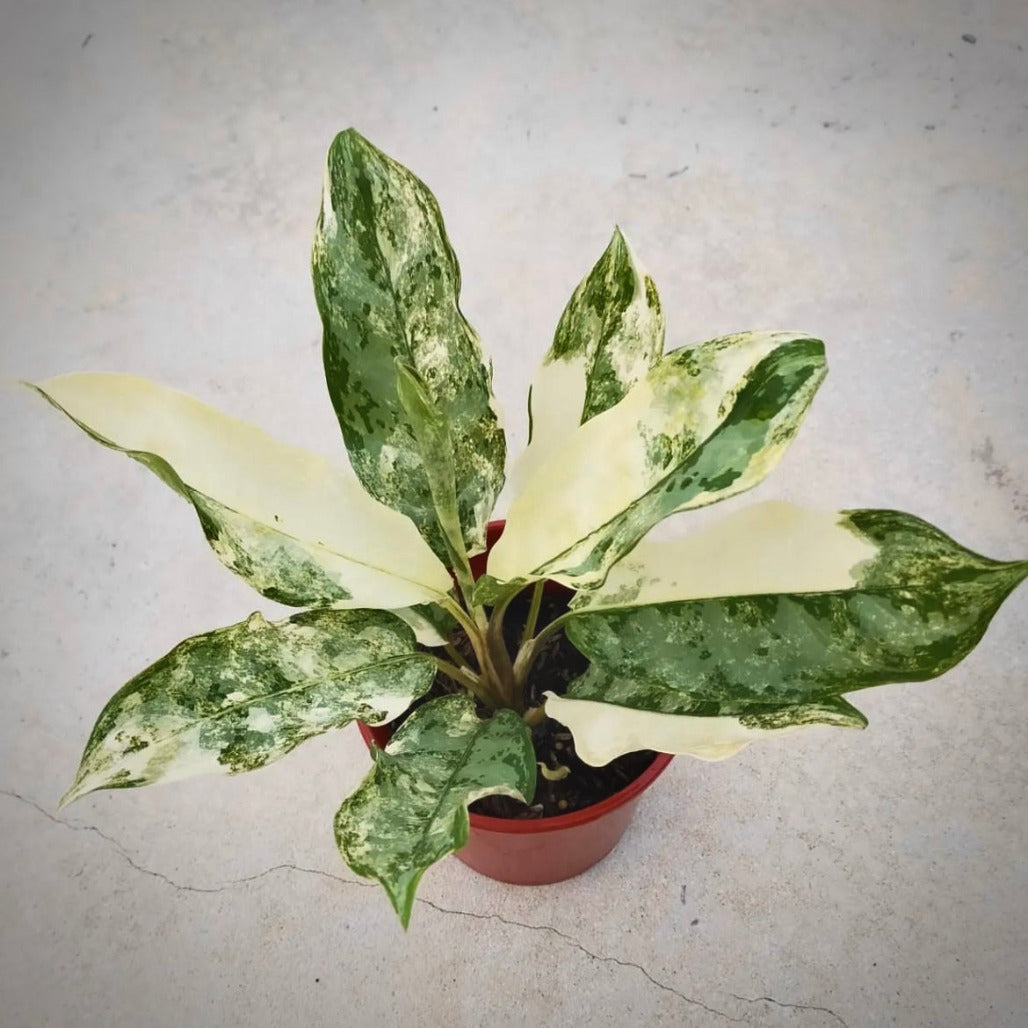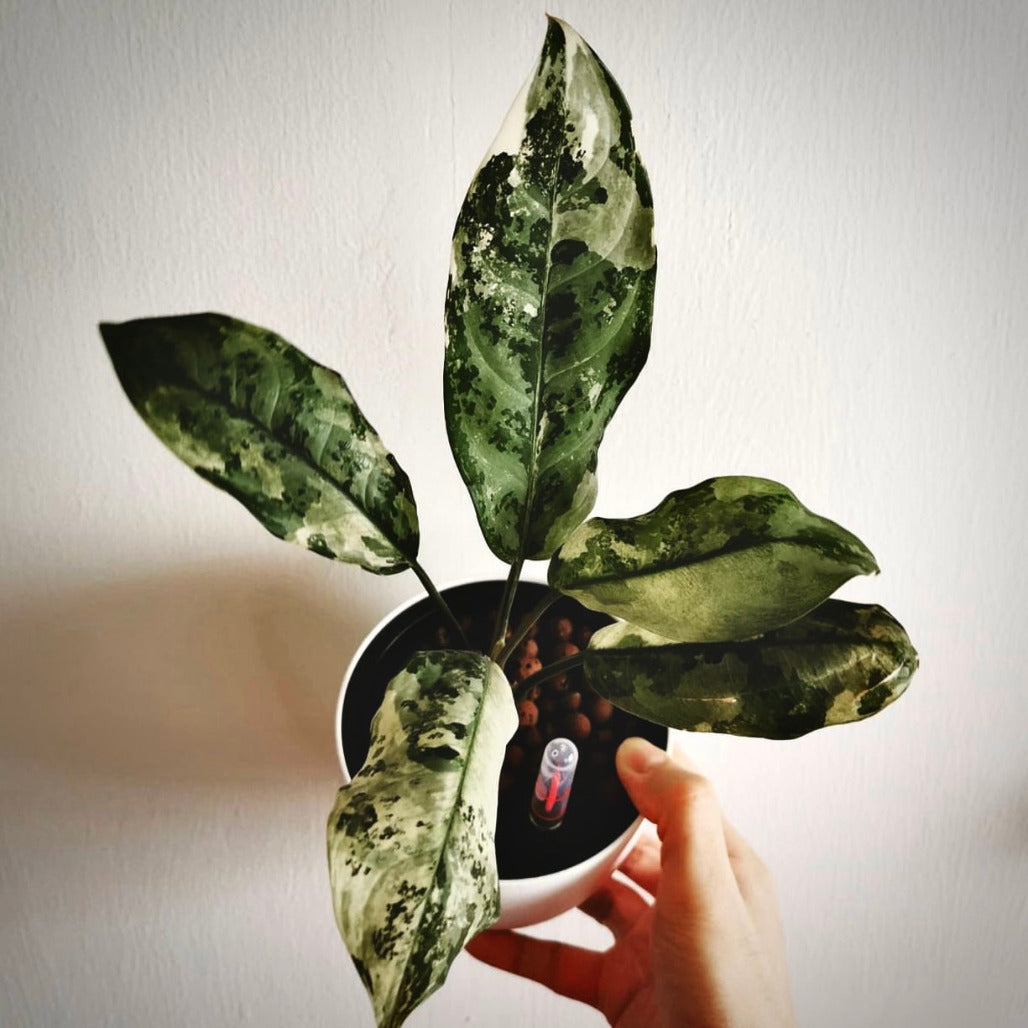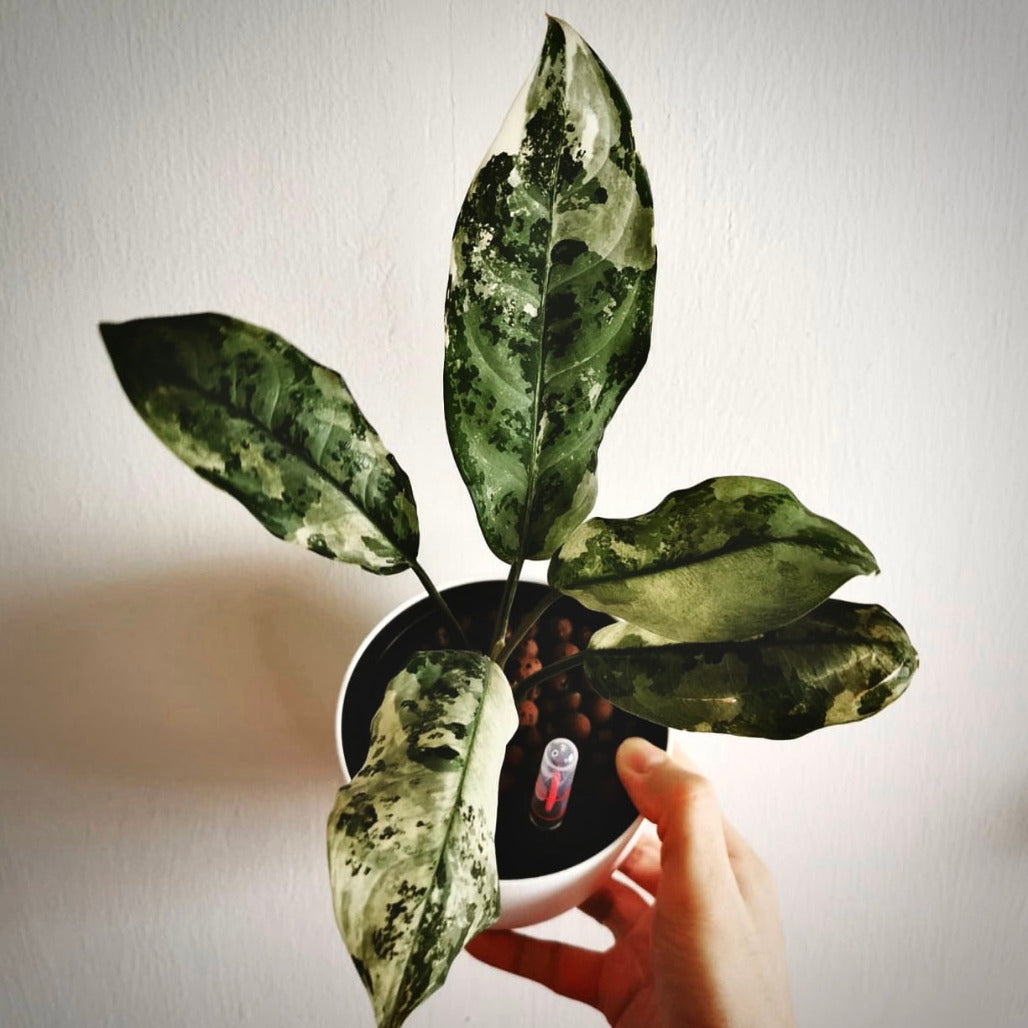PLANTAROID
Aglaonema Commutatum Variegated
Aglaonema Commutatum Variegated
Couldn't load pickup availability
Share
Aglaonema Commutatum Variegated For Sale
Ready for sale Aglaonema Commutatum Variegated plant. Can ship to ASIA, USA, CANADA EUROPE legalized with Phytosanitary Certificate. Get special price for Wholesale and Free shipping for purchase over $500. Buy online Aglaonema Commutatum Variegated at PLANTAROID with safe and protected payments.
The plant photos are just an example. We will choose the best and healthy plants for you. The size and shape of Aglaonema Commutatum Variegated that will be sent is as shown in the photo (more or less leaves) depending on the stock available in our nursery. The plants sent have received special treatment to be clean from pests and insects, without using soil media, but using alternative planting media, namely moss / tissue.
If you have any questions, please contact us via the listed Email, Instagram or Chat. Please read and understand the Term of service, Shipping Policy and Refund Policy on this store before you buy our product.
About Aglaonema Commutatum Variegated
A species of the genus aglaonema, Aglaonema Commutatum Variegated is a plant from the Philippines, Sulawesi (Indonesia) and New Guenia. This plant has a leaf shape like the eye of a spear and is green in color with leaves about 20 cm long and 5 cm wide with leaf motifs that are green in color and some are white.
Aglaonema Commutatum Variegated Plant Care
Growing Media and Light Requirements
Outdoors, avoid direct sunlight, this is a great plant to grow in shaded areas (and also does well in partial shade). Meanwhile indoors, to grow Aglaonema commutatum variegated, you will need a pot and basic planting supplies such as a shovel, potting mix, and the seeds or plants you will be transplanting. In general, Aglaonema commutatum variegated requires a shady location with limited light to grow. In the lowlands, Aglaonema only needs 10% sunlight. Meanwhile, in moderate plains, Aglaonema requires about 30% sunlight. So that to meet the level of needs of the aglonema can be done by installing paranet or shading.
Water Requirements
Watering Aglaonema commutatum variegated plants must pay attention to several things, namely using ground water or rainfed, avoiding watering through the top of the plant because it causes changes in humidity and causes the plants to rot quickly, avoids watering the plant leaves directly, ensuring water flows out through the pot holes, checking the planting medium whether it is wet enough or not and use fine-grained handspray when you want to water the Agalonema leaves.
Temperature & Humidity Requirement
The ideal temperature for the growth of Aglaonema commutatum variegated is around 30°C during the day and 23°C during the day. evening. In the lowlands, the growth of aglaonema is relatively fast because the air temperature is warmer with long sunlight. Meanwhile, in medium and high plains, the growth of aglaonema is relatively slow due to cooler air temperatures and dim sunlight. In the lowlands, the growth of one Aglonema leaf takes about 25 days. Meanwhile, in medium and high plains, the growth of one aglaonema leaf takes approximately 35 days.
Fertilizer Requirement, Disease and Pest
There are several things that need to be considered in fertilizing Aglaonema commutatum variegated. Use of fertilizers with a high nitrogen content. Nitrogen functions to make the leaves fresher, not pale, widen the leaves, plant growth is faster with a relatively large size and aglaonema looks more attractive. The Aglaonema commutatum variegated plant is a type of non-woody shrub plant, contains a lot of water so it rots easily if you spray excess water on it. Weeds such as weeds and old leaves must be routinely removed. Prevention of disease attacks can be done by covering the surface of the pot with plant gravel so that the plants look cleaner in appearance. The way to eradicate it is by applying horticultural oil, insecticides on each side of the plant.




